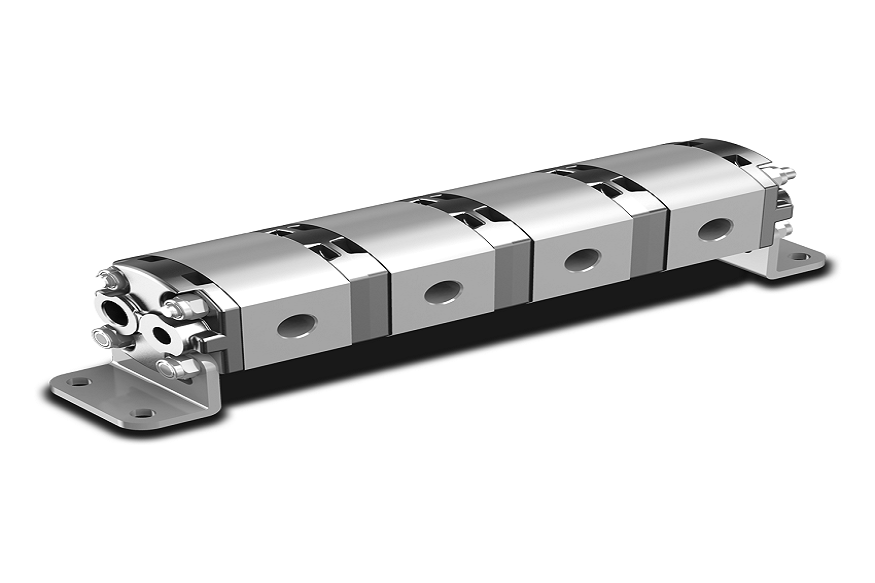Introduction
Rubber, a versatile material with a wide range of applications, owes much of its strength, durability, and resilience to a seemingly inconspicuous ingredient: carbon black. Carbon black is a form of carbon, primarily composed of finely divided particles that impart crucial properties to rubber compounds, especially in the manufacturing of tires. The significance of carbon black used in rubber and its pivotal role in tire production, exploring its properties, manufacturing process, and environmental implications.
Understanding Carbon Black
1. Properties and Composition
Carbon black is a finely divided form of carbon, predominantly produced by incomplete combustion of hydrocarbons. The manufacturing process involves the controlled burning of hydrocarbons, resulting in tiny particles of elemental carbon. These particles possess unique properties such as high surface area, high electrical conductivity, and excellent UV resistance, making carbon black an indispensable additive in various industrial applications.
2. Types of Carbon Black
There are different types of carbon black, categorized based on their physical and chemical properties, such as structure, surface area, and particle size distribution. The most commonly used types in rubber applications include furnace black, channel black, and thermal black. Each type offers distinct characteristics, allowing manufacturers to tailor rubber compounds to specific requirements.
Carbon Black in Rubber
1. Enhancing Rubber Properties
The addition of carbon black significantly enhances the performance of rubber compounds. By dispersing carbon black particles within the rubber matrix, various properties crucial for industrial applications are improved. These include tensile strength, abrasion resistance, tear strength, and UV resistance. Moreover, carbon black reinforces the rubber, preventing crack propagation and improving overall durability.
2. Manufacturing Process
Incorporating carbon black into rubber involves a precise manufacturing process to ensure uniform dispersion and optical properties. Rubber compounds are typically prepared by mixing carbon black with natural or synthetic rubber polymers, along with other additives such as vulcanizing agents, antioxidants, and plasticizers. The mixture is then processed using machinery like internal mixers and extruders to achieve homogeneous dispersion of carbon black particles throughout the rubber matrix.
3. Applications in Various Industries
Carbon black-rubber composites find extensive applications across diverse industries. Beyond tires, which represent a significant portion of carbon black consumption, rubber products such as conveyor belts, automotive components, seals, hoses, and footwear benefit from the superior properties imparted by carbon black. Its versatility and effectiveness make it an essential component in countless products that rely on rubber for performance and durability.
Carbon Black in Tires
Role in Tire Manufacturing
Tires constitute one of the largest consumers of carbon black, with each tire containing a significant amount of this crucial additive. Carbon black in tires plays multiple vital roles in tire manufacturing, contributing to both performance and safety. It enhances tread wear resistance, improves traction, and helps dissipate heat generated during driving, thereby extending tire life and ensuring safer driving conditions.
Improving Traction and Stability
The unique structure of carbon black particles provides an intricate network within the rubber tread, enhancing grip on various road surfaces. This improved traction is particularly crucial for ensuring vehicle stability, especially in adverse weather conditions such as rain, snow, or icy roads. Carbon black-reinforced tires offer superior handling and braking capabilities, promoting driver confidence and safety.
Enhancing Fuel Efficiency
In addition to performance benefits, carbon black also influences fuel efficiency. Tires with optimized carbon black content exhibit lower rolling resistance, meaning they require less energy to propel the vehicle forward. This results in improved fuel economy and reduced carbon emissions, contributing to environmental sustainability and cost savings for vehicle owners over the tire’s lifespan.
Environmental Considerations
Carbon Footprint and Sustainability
While carbon black offers numerous performance benefits, its production raises environmental concerns due to its carbon-intensive manufacturing process. The combustion of hydrocarbons to produce carbon black releases carbon dioxide (CO2) into the atmosphere, contributing to greenhouse gas emissions. Manufacturers are increasingly adopting sustainable practices and investing in technologies to reduce emissions and minimize environmental impact throughout the production process.
Recycling and Circular Economy
Efforts to mitigate the environmental footprint of carbon black include promoting tire recycling and exploring alternative sources of carbon. Recycled carbon black derived from end-of-life tires shows promise as a sustainable alternative to virgin carbon black, offering comparable performance while reducing reliance on fossil fuels.
Advantages of carbon black rubber
Rubber, a ubiquitous material in our daily lives, owes much of its resilience and durability to the addition of carbon black. This finely divided form of carbon, when integrated into rubber compounds, imparts numerous advantages that enhance the performance of rubber products across various industries.
Enhanced Tensile Strength
Carbon black serves as a reinforcing filler in rubber compounds, significantly enhancing their tensile strength. The unique structure of carbon black particles creates a robust network within the rubber matrix, effectively resisting deformation and preventing crack propagation under stress. This increased tensile strength is particularly beneficial in applications where rubber components are subjected to mechanical forces, ensuring long-term performance and reliability.
Improved Abrasion Resistance
Rubber products reinforced with carbon black exhibit superior abrasion resistance, making them ideal for applications where wear and tear are significant concerns. Whether carbon black in tires, conveyor belts, or industrial seals, carbon black rubber compounds withstand abrasive forces more effectively than their non-reinforced counterparts. This enhanced abrasion resistance prolongs the service life of rubber components, reducing maintenance costs and downtime.
Excellent Tear Strength
The presence of carbon black enhances the tear strength of rubber, making it less prone to tearing or puncturing when subjected to sharp or abrasive objects. This property is particularly crucial in applications where tear propagation could compromise the integrity of the rubber product, such as in automotive components, gaskets, and seals. Carbon black reinforcement ensures that rubber components maintain their structural integrity even under challenging operating conditions.
UV Resistance
Carbon black imparts excellent UV resistance to rubber compounds, protecting them from the degrading effects of sunlight and outdoor exposure. Without proper UV stabilization, rubber products may degrade, become brittle, or lose their mechanical properties over time when exposed to sunlight. By incorporating carbon black, manufacturers can produce UV-resistant rubber products suitable for outdoor applications, including tires, roofing materials, and outdoor seals.
Thermal Stability
Rubber compounds containing carbon black exhibit enhanced thermal stability, retaining their mechanical properties over a wide range of temperatures. This thermal stability is crucial for applications subjected to fluctuating temperature conditions, such as automotive components, industrial hoses, and seals. Carbon black reinforcement ensures that rubber products maintain their performance and functionality even in extreme heat or cold environments.
Conclusion
Carbon black plays a pivotal role in enhancing the performance, durability, and safety of rubber products, particularly tires. Its unique properties make it indispensable in various industrial applications, with tire manufacturing being a primary consumer. While carbon black offers significant benefits, its production raises environmental concerns, necessitating sustainable practices and innovation to minimize its carbon footprint. Embracing recycling initiatives and advancing technologies for eco-friendly production methods are essential steps toward ensuring the continued viability of carbon black in rubber and tire manufacturing while mitigating its environmental impact.



